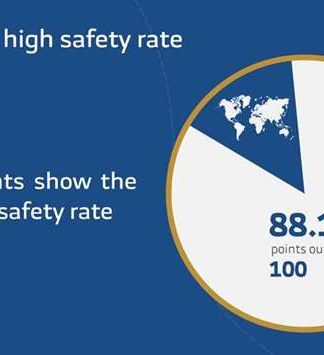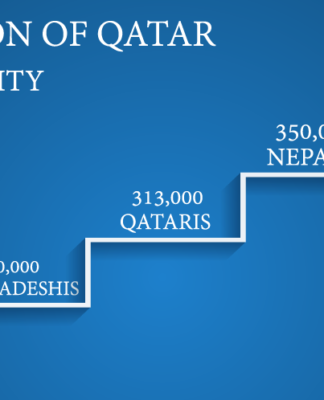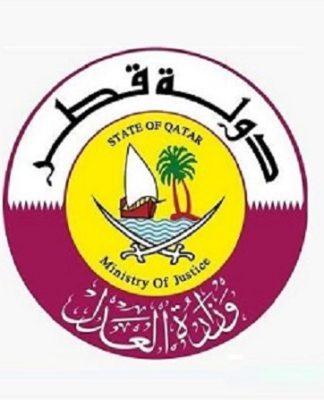The Best 4 Places To Invest In Latin America
For decades, much of Latin America was a morass of hyperinflation and political instability – hardly the most prudent region of the world in which to conduct business. While Western Europe, the United States, Canada, Japan, South Korea, Australia, New Zealand and other developed realms continued to benefit from mutual trade, the Spanish- and Portuguese-speaking parts of the Western Hemisphere lagged. Today, they’re catching up. While pockets of Latin America are still susceptible to dictatorship and corruption, those countries are now the exception. Four nations in particular are leading the charge toward market prosperity in this often overlooked part of the globe.
Chile: Low Tax Rate, Progressive Trade Deals
Chile is one of the least publicized success stories in the Americas. The nation has actively courted foreign investment for decades, dating all the way back to the tyrannical regimes of the 1970s. Non-resident investors can take advantage of Decree Law 600, which subjects them to the same regulations as native investors. The advantages to this are numerous: for instance, Chile’s top corporate tax rate is 20%: meanwhile, the United States’ highest corporate tax rate sits at 35%, the highest in the developed world.
A 2004 trade agreement between the countries set Chilean tariffs of a modest 6% of just about every marketable product, with immediately realizable results. Imports increased 30% the first year, prompting Chile to sign subsequent trade agreements with Canada, Mexico, China, Japan and the European Union. Yet, tellingly, Chile undertook further agreements with only two South American nations: Colombia and Peru.
Colombia: Strong Links to America
Colombia’s 45 million citizens are, through fate, convenience or strategy, inexorably linked to the fortunes of their largest trading partner, the United States. Colombia exports seven times as much to the U.S. as it does to the next country on the list, China. The U.S. is also the nation that Colombia imports the most from, by a large margin. Thus it’s imperative that Colombia keep a good thing going. Colombia may not have what’s commonly regarded as a technologically advanced economy – its semiconductor fabrication plants are nonexistent – but a nation can succeed in spite of that. Last we checked, you still need raw commodities, and Colombia not only has plenty of those, but the means to capitalize on them. For one thing, the nation exports more petroleum than all but 17 others around the world. At $80 a barrel, that works out to about $23 billion a year. Upon winning reelection in May 2014, President Juan Manuel Santos vowed to continue a program of trade liberalization that, again, includes lowering corporate income taxes. Colombia’s now stand at 25%, the second-lowest in the region behind only Chile.
Peru: China’s Supply of Raw Materials
Foreign investment in Peru goes well beyond the obligatory guided tours of Machu Picchu at $300 a pop. And the results are tangible. By the World Bank’s calculations, Peru is well on the road to eradicating poverty faster than was previously thought possible. Nary a decade ago, three out of five Peruvians fit the definition of “poor.” Today that figure sits at 22% and continues to decline, a wave of abundance (or at least, adequacy) uncommon in its speed and magnitude.
One of the quietest developments of the George W. Bush Administration was the frequency with which it signed trade agreements with partners throughout the Western Hemisphere. Case in point, the Peru Trade Promotion Agreement of 2006. The pact immediately eliminated tariffs on 80% of manufactured exports to Peru, with the remainder to be phased out by 2016. Farm exports enjoyed similar relaxation of tariffs.
Unlike Colombia and Chile, Peru’s major trading partner is not the United States. Instead, the U.S. is a close second behind China. Even though Peru’s new president is the son of a communist, and himself a former military officer who led a (failed) coup against a previous president – i.e., the very stereotype of a 1980s Latin American head of state – his administration’s transition from the previous one was peaceful, previously a rarity in Peruvian politics. However, said new president is critical of the U.S. trade agreement, and economists’ estimates predict a net decline in foreign investment over the next few years. Still, the resultant improvement in standard of living among the most desperate Peruvians is hard to ignore.
Mexico:
Mexico was a signatory to the most famous trade deal of recent years, the North American Free Trade Agreement that also incorporated Canada and the United States. Now in its 21st year, NAFTA created the largest trade bloc in the world (although granted, a trade bloc incorporating the United States and almost any two countries chosen at random would be the largest in the world).
It should come as no surprise that Mexico’s largest trade partner is thus the United States, which would likely be the case even without the benefit of NAFTA. Half of Mexico’s imports originate in the U.S., while 78% of Mexico’s exports end up there. Mexico-U.S. trade has more than quadrupled since the onset of the agreement; that being said, a disproportionate part of that is accounted for by remittances. Expats sending Western Union Co. (WU) transfers home isn’t the foundation of a lastingly strong economy. Still, the impact of the 2009 recession – which shrank the Mexican economy by 6% – seems to finally be behind us.
The Bottom Line
The notion of a “global economy” is more often a talking point than an actual construct. As the movement of capital among countries continues to run into fewer and fewer artificial barriers, the gap between the Luxembourgs and Monacos of the world and the countries aspiring to get to that level continues to shrink.
Source: Investopedia.com






























